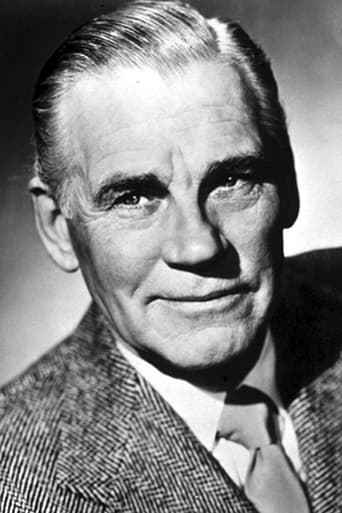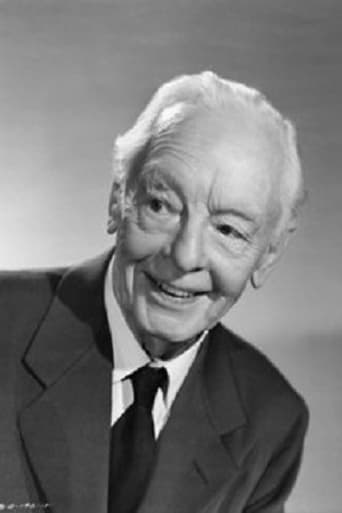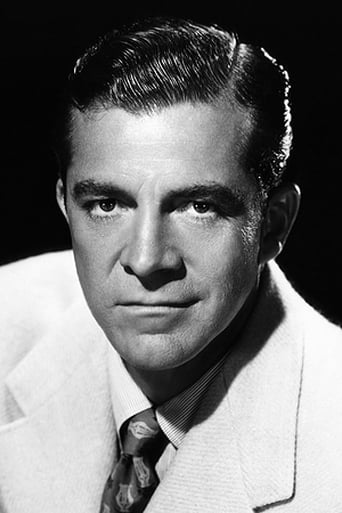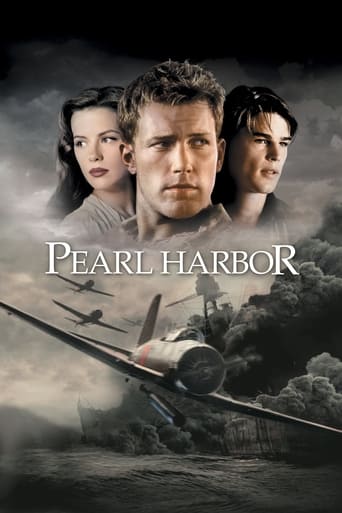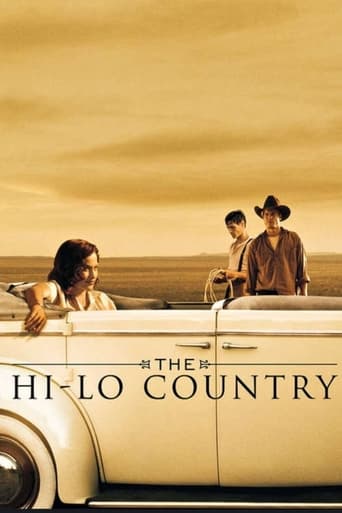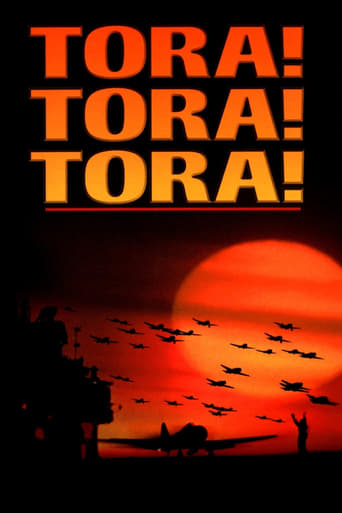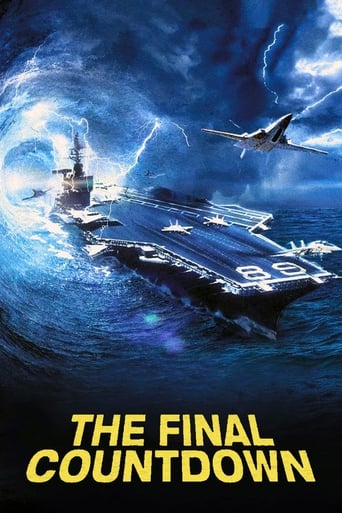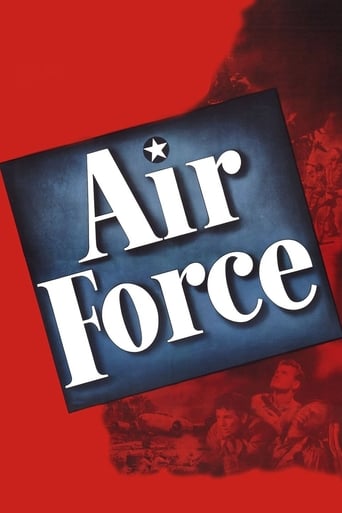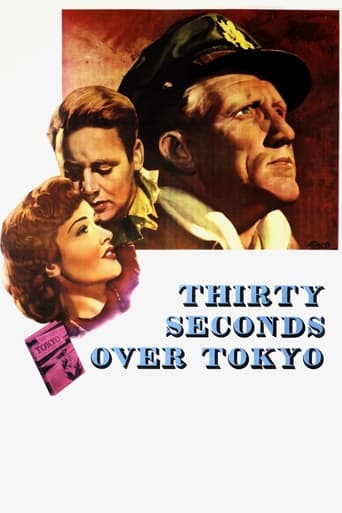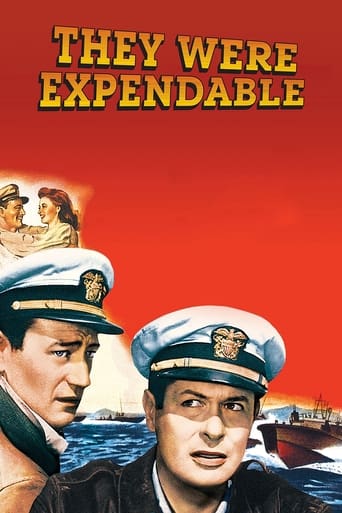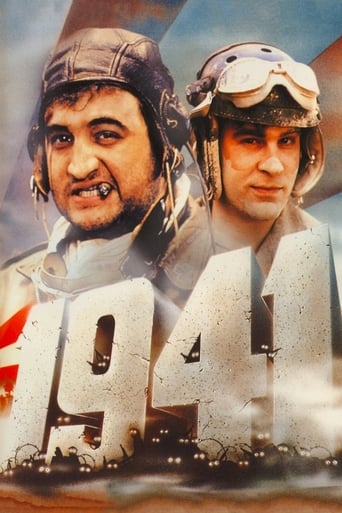

December 7th (1943)
"Docudrama" about the bombing of Pearl Harbor on December 7th, 1941 and its results, the recovering of the ships, the improving of defense in Hawaii and the US efforts to beat back the Japanese reinforcements.
Watch Trailer
Cast


Similar titles
Reviews
My review is for the original full-length docudrama made by Gregg Toland. For a variety of reasons, the US government (who commissioned the film) hated Toland's version and John Ford was brought in to rescue the project. He re-shot some scenes, created a few new ones and edited away about much of the film. Interestingly, this much shorter version received an Oscar and the original version was censored for many years.The film begins with the embodiment of Uncle Sam (Walter Huston) meeting up with an old guy (the familiar character actor, Harry Davenport). What follows is a history lesson concerning Hawaii (particularly focusing on Hawaiians of Japanese descent) and account of the surprise Japanese attack on Pearl Harbor which is narrated by Sam. Interestingly, Uncle Sam talks on and on about how these Japanese-Americans are very loyal to America and Davenport (usually such a nice guy in films) goes on to question their loyalty and their 'so called religion called Shinto'! Interestingly, Davenport's attitude about these people is pretty much in line with the government policy of internment of Japanese-Americans following the December 7th attack. And, very oddly, Uncle Sam is seen as naive and perhaps a little stupid. What follows is a lot of dry narration and, finally, an odd scene between dead soldiers (one of which id Dana Andrews).So why did the government dislike the film? First, although being anti-Japanese was encouraged, the original version basically said that beneath their veneer, many Japanese-Americans were evil agents working for Japan--and that Uncle Sam (i.e., the US government) had been naive and complacent. Second, when it came to the surprise attack, the original film said that we SHOULD have been ready and led credence to conspiracy theories that the government knew or should have known about the attack. As a result, of both themes, the film came off like an indictment of the government and instead of instilling patriotism, it might have instead served to create a defeatist and anti-government attitude. I can see why the film was re-made and edited.Sure it was filled with very nasty anti-Japanese material...but was it well made? What about the technical merits of the film? I don't really think it was made well. Much of the film needed tightening. For example, the Japanese montage just went on too long. Additionally, as I mentioned above, the film was not at all successful in conveying what the government wanted--a HUGE drawback. Its nasty tone really represents negative propaganda and I fully understand the need to re-do this picture. Still, very interesting and an unusual insight into the sorts of feelings brewing in America at the time. Probably mostly of value to historians today and I am glad it is finally available-- politically correct or not!By the way, it IS true that many of the ships sunk at Pearl Harbor were actually repaired and recommissioned. I am not sure whether or not the US government wanted this to be known or not. I could see an advantage for not letting the enemy know this or the benefit of letting the civilians know we are resilient.
ANYONE WHO HAS visited the U.S.S. ARIZONA MEMORIAL at Pearl Harbor, in Hawaii will be interested in any film that relates to the attack of December 7, 1941. The devastation of that first Sunday in December was designed by the forces of Imperial Japan to render Uncle Sam impotent to do anything while the tentacles of "the Greater East Asia Co Prosperity Sphere"(Japanese Empire for short)stretched out across the Phillipines, Hong Kong, Malaya, Indonesia and many other islands.WELL SCHULTZ, NO matter how bad things were at that low point, we rebounded and got our industry geared up for War Production. We believe it was Japanese Admiral Yamaoto who said: "We have only succeeded in awakening a Slumbering Giant!" (maybe it was "Sleeping Giant!") RATHER THAN BEING a Documentary, a Drama or even a Docu-Drama, the film emerged as a true Fantasy. It features a vacationing Uncle Sam (Walter Huston) looking over and evaluating the then U.S. Territory of Hawaii. He is soon joined by a "Mr. C" (for Constitution? played by Harry Davenport). The imaginary pair start a lively and deeply analytical discussion about the history, geographical importance and demographical breakdown of Hawaii.IT IS MADE perfectly clear that the majority components of the Territory was not Caucasain*, but rather of an Asiatic origin from China, the Phillipines and other lands. But the single largest component of the peoples here are of Japanese descent.THE FILM IS careful to show all of the positive side of the business, social and especially family structure of the Japanese American. Without having to resort to any fanciful speculation or slanted views, the characters make the case in favor of these Neisi folks. The storyline centers on the issue of "different" peoples' having similar likes, needs and abilities. The words "Race" and "Racisim", which are so commonly thrown about in today's media, are absent from this celluloid dissertation.ODDLY ENOUGH, THE storyline then takes a sharp turn in demonstrating just how little bits of info can be woven into big time espionage and a clear and present danger to our security. An imaginary scenario is presented that portrays that not all Axis Spies in the Pacific are Asian; as we have the Japanese Consulate being briefed by a Nazi German agent. Wisely, the adage of "the slip of the lip can sink a ship" is demonstrated with German operatives eavesdropping on people engaged in pertinent info in restaurant.AS WELL INTENDED and truthful that this scene was, we can't help but feel that it was an indicator of the mentality behind the Japanese Relocation Centers created by FDR at the behest of California Governor Earl Warren.THE MILITARY RELOCATION Camps are, in retrospect, one of the Darkest Days in our History and a shameful display of governmental abuse. (Ironically there was not even one case of sabotage or collaboration with the Axis Powers by a Japanese American; although the same can't be said for Germans, who weren't interned.) THE MOVIE FINISHES up with some hopeful words of wisdom from some Soldiers, Sailors Marines and Airmen who died on that "Day of Infamy", whose spirits told their stories.IN WHAT WAS a fine and genuinely heart felt gesture to the families of those who gave their all on 12/7/41, Family Members of several young Servicemen appear to honor their Sons.WHEN VIEWING THIS movie today, we must at least try to see it through the lens of time. Remember, it was big war and very scary.
December 7th, 1941 (1943) *** 1/2 (out of 4) John Ford's highly entertaining recreation of Pearl Harbor and the events after it certainly deserved the Academy Award win it received for Best Documentary Short. The film mixes recreated scenes very well with actual footage and I'd go as far to say that the battle scenes (done with models) are among the best from any war film of the period. The version I watched was the original, 34-minute theatrical version.All of Ford's WW2 shorts are worth seeking out as well as the film's done by Frank Capra during this period.
I saw the short, 34 minute, version of this film and I'm intrigued by the notion of what constitutes a documentary since so much of this film has been recreated. Essentially the story of what happened on that morning this is brief retelling of what happened, mixed with a rousing warning to the Japanese that the destruction they caused wasn't as fatal as they would have liked.I'm of mixed minds about the film. Certainly the recreation of the bombing is stunning and had I seen this film back in the 1940's I would have been floored by it since its often a great mix of almost believable Hollywood magic and real life footage. Its so good that its clear that later recreations of the attack like Tora Tora Tora and Pearl Harbor stole shots and sequences from it. Unfortunately these same films, freed of the shackles of having to be a propaganda puff piece, are more interesting to watch. We can get lost in the story and don't need to have our patriotism pumped up.Its not bad, its just more a curio that should be viewed in context of when it was made rather than as a piece of entertainment or a source of real information on the subject.Worth a look for those who want to see a snapshot of how the war was viewed during the war, or for those cine-files who want to see where later movies cribbed their shots.


